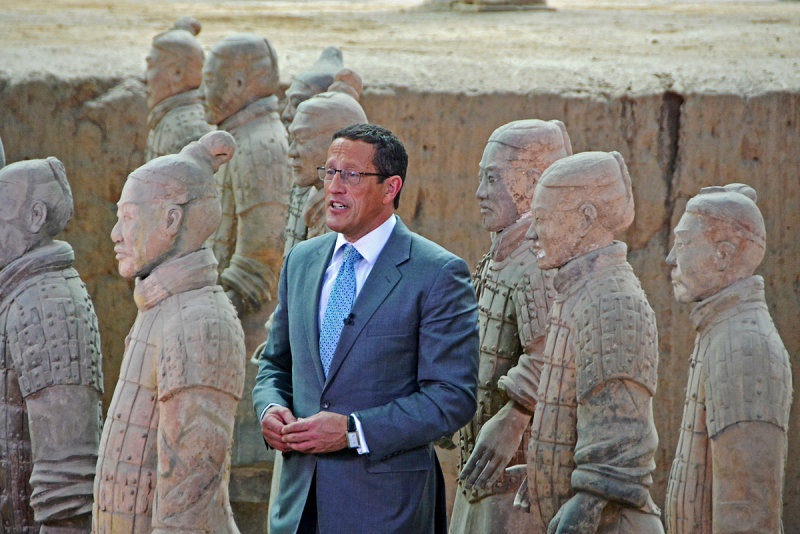

Kelley’s “Freedom Dreams.”Ĭolombian American artist Yazmany Arboleda and Mary Lou Aleskie, executive director of the Hopkins Center for the Arts at Dartmouth, were among the speakers who met with the class throughout the semester. The class - a mix of undergraduate, graduate, and Divinity School students - were asked to complete prompts from Liberation Journal, a publication focused on “manifesting freedom and liberation,” and to read hooks’ “Teaching to Transgress” and Robin D.G. “In a world where so many of us are combating systemic oppression, loneliness, and state-sanctioned violence, ritual has the power to connect and ground us on our journey to liberation.”īell, who took on feminist writer bell hooks’ “engaged pedagogy” approach, collaborated with students on speakers, readings, and videos. Bell’s class felt like the perfect opportunity to explore the intersection of ritual, resistance, and justice that drives so much of my own work at Harvard and beyond,” said Auds H. The lecturer on somatic performance and contemporary global performance in TDM follows those in-class rituals with “radical dialogue” on issues of race/ethnicity, gender, cultural appropriation, and the act of healing from traumatic experiences. Rituals, as well as meditation or “grounding experiences,” are a key component of Shamell Bell’s new course, “Ritual of Breath is the Rite to Resist Social Impact,” in Theater, Dance & Media. You are allowed to take space.” Students took deep, intentional breaths throughout, pushing their arms out straight and pulling them back.


“Rise up and stretch out as wide as you can and take up space,” she said. Students gathered in a circle and began to stretch as they readied themselves for a rowing exercise led by a classmate.


 0 kommentar(er)
0 kommentar(er)
